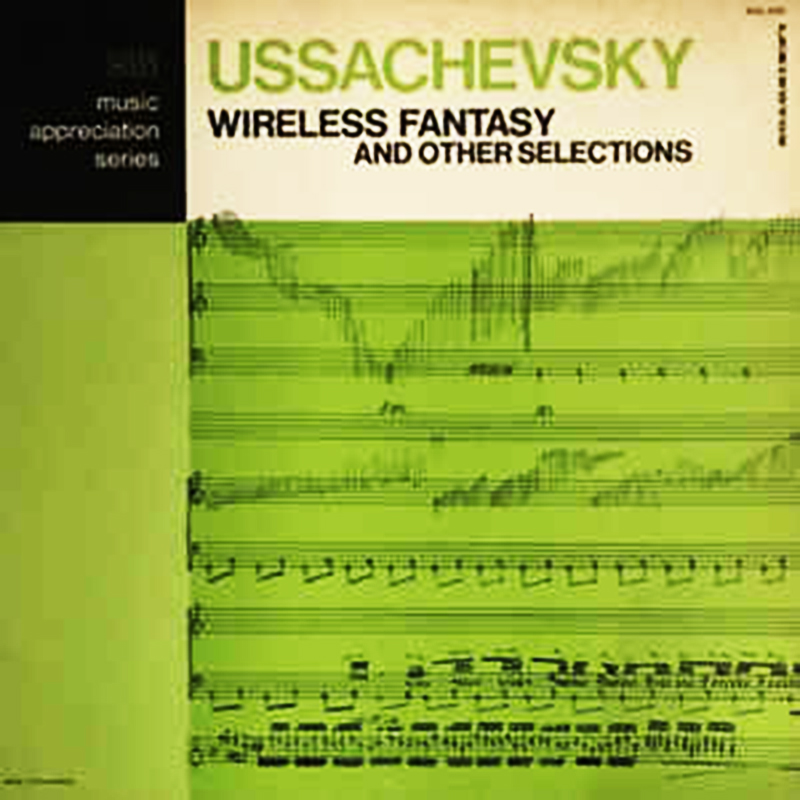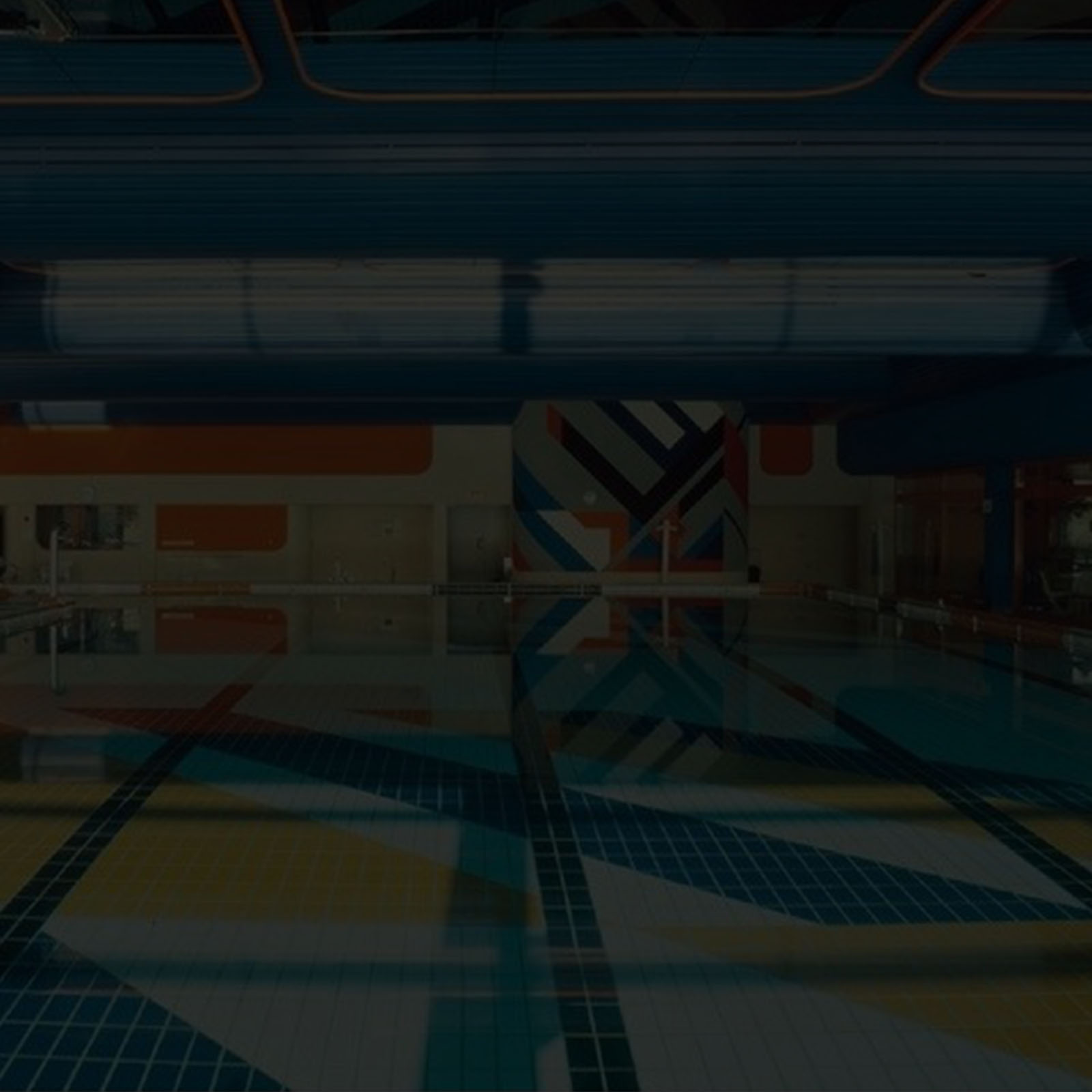Early ElectroMIX is a series to document the history of experimental Electronic music from the 50s to the 80s, composers making use of electronic instruments, test equipment, generators of synthetic signals and sounds… to analog synthesizers…While our sessions document those who make it today my desire is to transmit some pioneering works which paved the way to what we try to create today.
Realizing that most of those seminal recordings were not available I decided to archive them in a contemporary way, DJing-mixing them and while most of the time running several sources together or in medleys I made sure to respect the original intent of each composers as I want to transmit their message rather than mine.
The only one I would dare deliver being that they should not be forgotten…
Philippe Petit / April 2021.
Recorded (on March 20/2021) for our series broadcasted on Modular-Station
https://modular-station.com
Tracklist:
Bohdan Mazurek – Six Electronic Preludes (1981) 00:00 > 11:28
Ramon Sender – Worldfood XII (1965) 09 > 25:56
Morton Subotnick – Silver Apples Of The Moon pt. 1 (1967) 18:22 > 33:06
André Boucourechliev – Texte 2 (1959) 30:56 > 35:30
Wolf Vostell – Elektronicher dé-collage. Happening Raum (1968) 35:04 > 38
John Cage – Williams Mix (1952) 37:46 > 42:10
Pierre Henry – Astrologie (1953) 42:01 > 44:30
Michel Redolfi – Immersion Profonde (1980) 43:20 > 49:36
André Jaume – Opalescence (1980) 49:28 > 55:21
Vladimir Ussachevsky – Wireless Fantasy (1960) 55:21 > 59:57
Bohdan Mazurek – Six Electronic Preludes (1981 / Bölt)
Bohdan Mazurek was a Polish composer, sound director and educator, associated with the Polish Radio Experimental Studio and most assuredly a key figure in the genre. Back then, one would think of a producer as someone whose task was to translate composer’s ideas into the language of the studio and its current capabilities. As a producer he was open to the ideas of the composers collaborating with the studio, he helped beginners in defining their expectations, at the same time refraining from being too intrusive; his productions always demonstrated a great care for the culture of sound, thought-out spatial arrangement and revealed his solid musical preparation. Mazurek produced important electroacoustic and electronic pieces by a whole range of well-known composers, including Roman Berger, Krzysztof Penderecki, Bogusław Schaeffer, Tomasz Sikorski, as well as Benno Ammann, Herbert Brun, Vittorio Gelmetti, Lejaren Hiller, Benjamin Johnston, Kare Kolberg, Arne Nordheim, Teresa Rampazzi, Tamas Ungvary, and many others. Whenever composers from abroad came to visit, Mazurek hosted them at his own apartment…
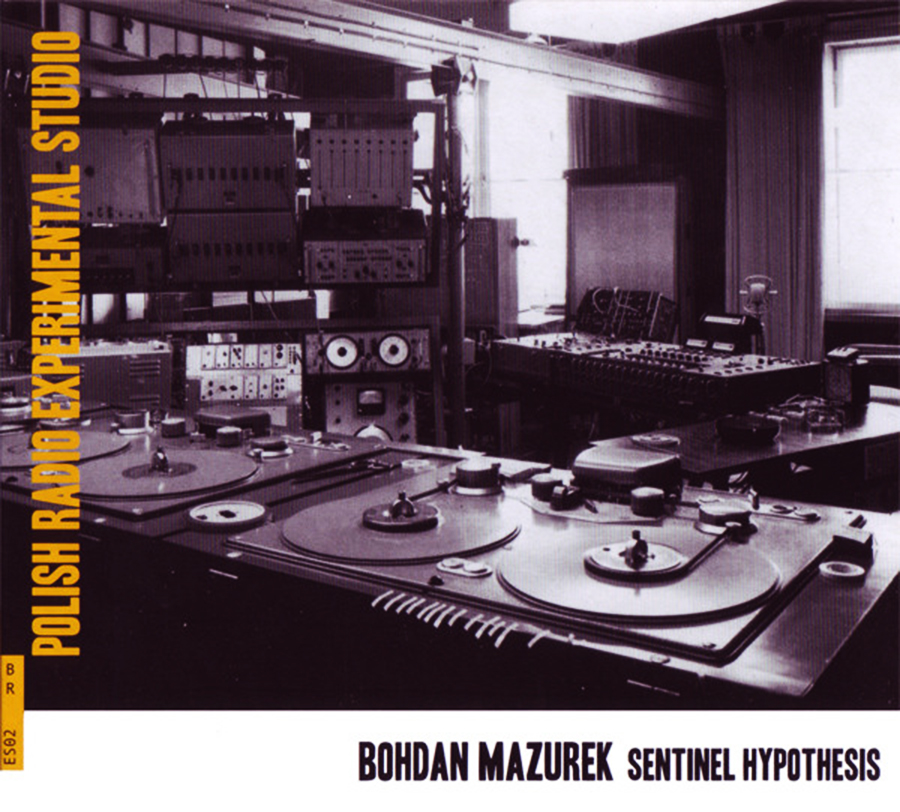
Ramon Sender – Worldfood XII (1965 / Locust)
Another man of great importance Ramón Sender Barayón (born October 29, 1934) is a composer, visual artist and writer who was the co-founder with Morton Subotnick of the San Francisco Tape Music Center in 1962 and also collaborated with composers and visual artists including Pauline Oliveros, Tony Martin, Joseph Byrd, Terry Riley, William Maginnis, and many others until 1966 when the Center was incorporated into Mills College.
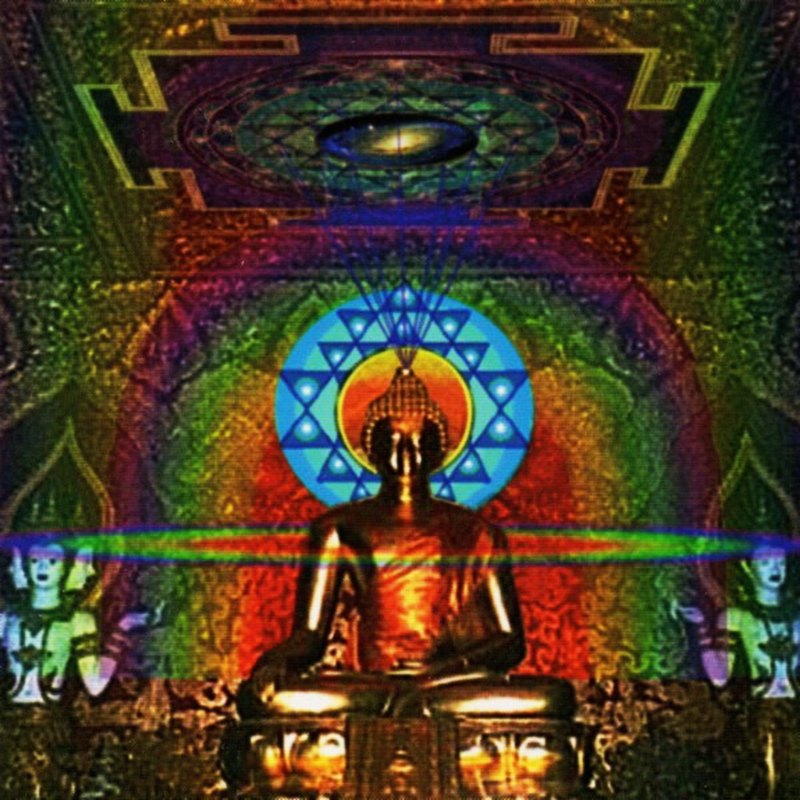
Morton Subotnick – Silver Apples Of The Moon pt. 1 (1967 / Nonesuch)
Considered a milestone in electronic music; it was the first album from the American composer, commissioned by Nonesuch Recordings and to feature a voltage-based synthesizer (the legendary Buchla System 100) and the first piece of both classical and electronic music written specifically for the album format.
“The idea for Silver Apples,” Subotnick recalls, “was a series of sonic gestural environments that would have no real connection [to one another]… I know it’s at this point a kind of cliché concept, but I saw it as a trip, in all senses of the word; a bunch of different trips. You’d have a whole set of experiences in the desert. Suddenly, a cold breeze comes in and you find yourself floating in a lake and you have that experience. Suddenly, you find yourself in a pristine stainless steel room, somewhere, that’s very shiny, and echo-y. So you have an experience. I didn’t take drugs, so I wasn’t tripping. But it was like that and I think that was part of the reason it had its flair. I was trying to imagine a hundred years from now—up until then, records were that, records of a performance. You would go to a performance. You wouldn’t listen in your living room… I was trying to imagine what that world of the future was going to be—when you could just listen, without orchestras, what kind of music would you listen to?”
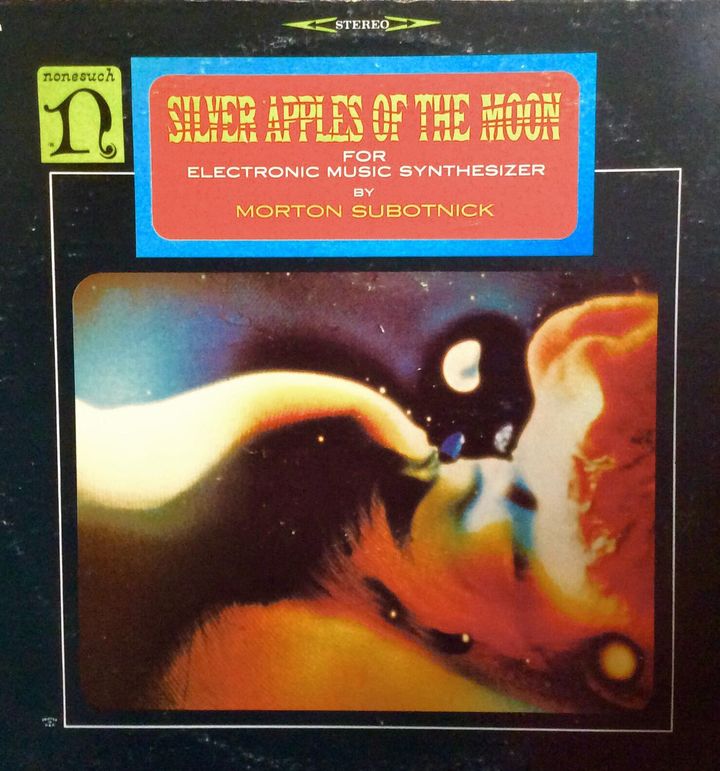
André Boucourechliev – Texte 2 (1959 / Sub Rosa)
Born in Sofia, Boucourechliev studied piano at the Conservatory there. Subsequently, he studied in Paris at the École Normale de Musique de Paris, where he later taught piano. His first attempts at composition date from 1954, when he was engaged in the famous contemporary music sessions at Darmstadt. He honed his compositional technique by seeking out Berio and Maderna in Milan and then spent a period in America, during which he met Cage, Merce Cunningham, and Rauschenberg.
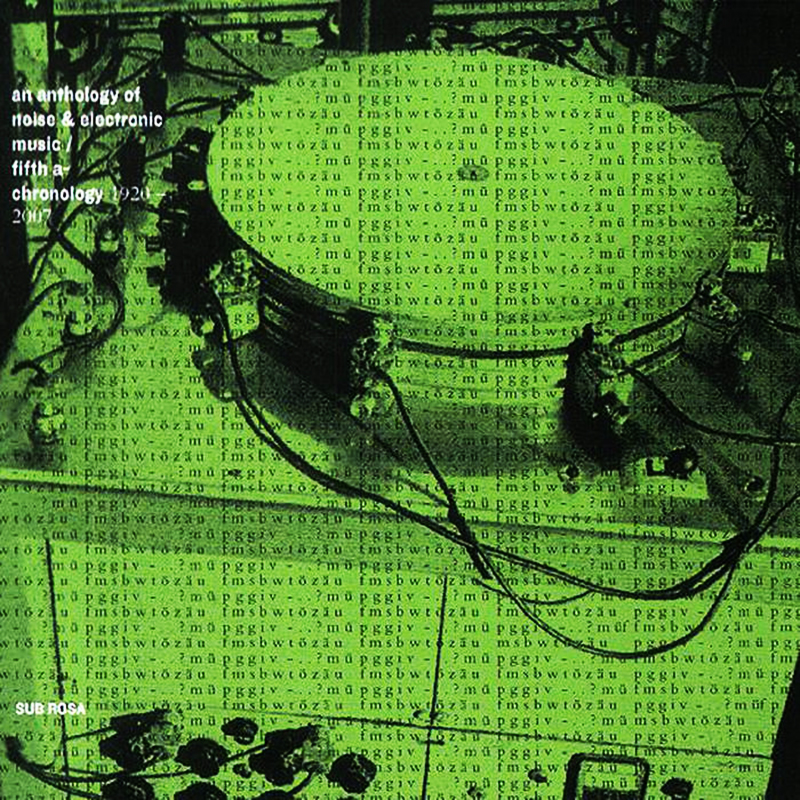
Wolf Vostell – Elektronicher dé-collage. Happening Raum (1968 / Sub Rosa)
Wolf Vostell was a German painter and sculptor, considered one of the early adopters of video art and installation art + pioneer of Happenings and Fluxus. Techniques such as blurring and Dé-coll/age are characteristic of his work, as is embedding objects in concrete and the use of television sets in his works.
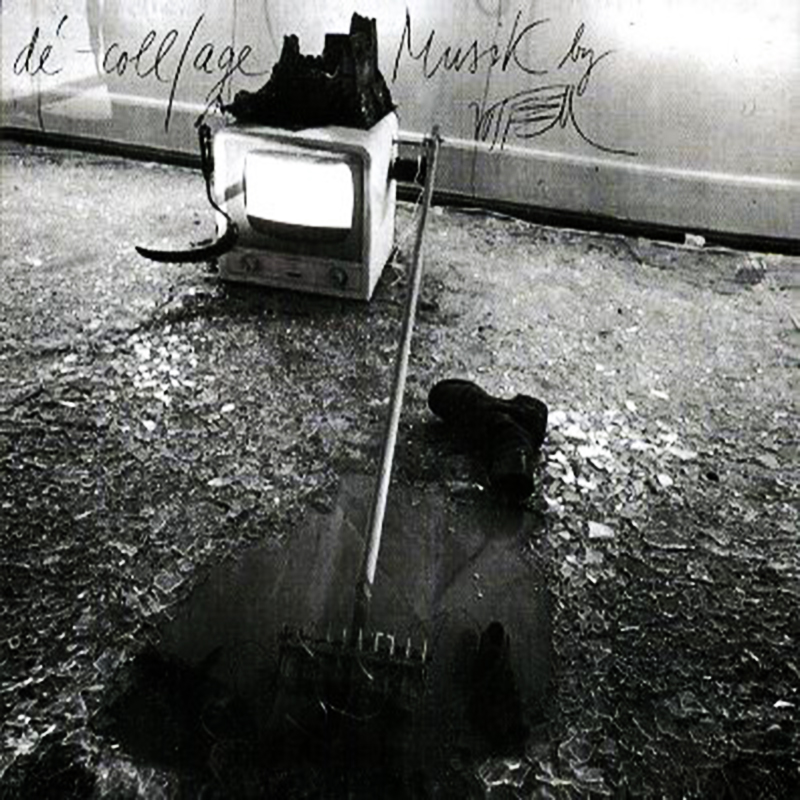
John Cage – Williams Mix (1952 / Wergo)
The first octophonic music work originated from recordings by Louis and Bebe Barron, placed in eight simultaneously played independent quarter-inch magnetic tapes. The piece was created by Cage with the assistance of Earle Brown, Morton Feldman, and David Tudor, using many tape sound sources and a paper score he created for the construction. “Presignifying the development of algorithmic composition, granular synthesis and sound diffusion,” it was the third of five pieces completed in the Project for Music for Magnetic Tape.
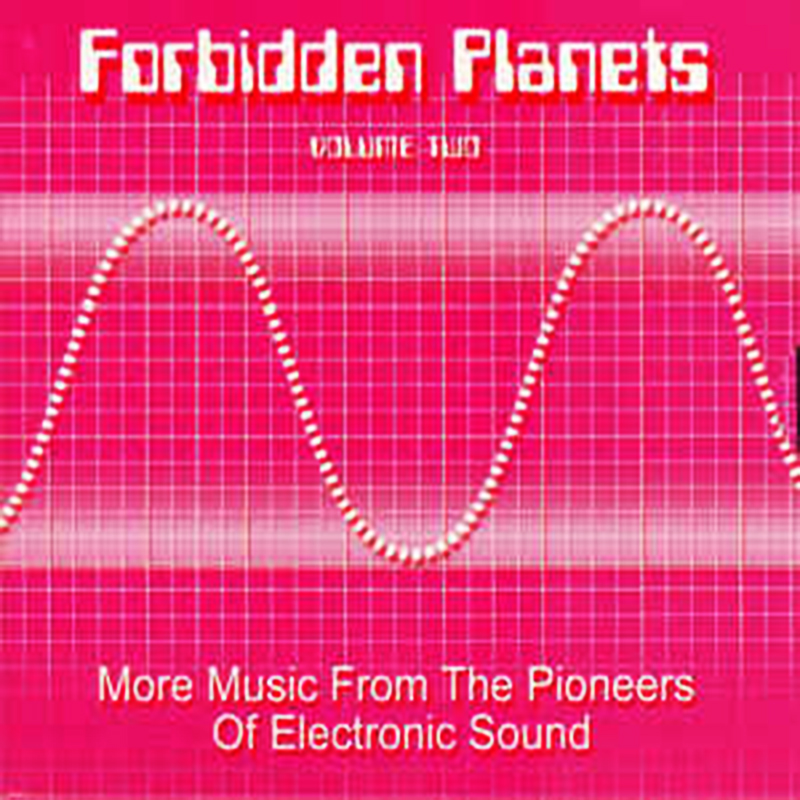
Pierre Henry – Astrologie (1953 / Club National Du Disque)
French pioneer of musique concrète began experimenting at the age of 15 with sounds produced by various objects. He became fascinated with the integration of noise into music. He studied with Nadia Boulanger, Olivier Messiaen, and Félix Passerone at the Paris Conservatoire from 1938 to 1948 and then worked at the Club d’Essai studio at RTF, which had been founded by Pierre Schaeffer in 1943. During this period, he wrote the 1950 piece Symphonie pour un homme seul, in cooperation with Schaeffer; he also composed the first musique concrète to appear in a commercial film, the 1952 short film Astrologie ou le miroir de la vie which I’m playing in this mix.
Two years after leaving the RTF, he founded with Jean Baronnet the first private electronic studio in France, the Apsone-Cabasse Studio.
In the 60s he collaborated with choreographer Maurice Béjart in Messe pour le temps présent, La Reine Verte or the much sought-after 4 track EP presenting the « Electronic Jerks » under the guise Les Yper-Sound. « Too Fortiche », « Teen Tonic », « Psyche Rock » and « Jericho Jerk » ranging amongst the grooviest Library Fuzzed out Psych Garagey Jerks and personal favorites, which he co-wrote with Michel Colombier.
Pierre Henry produced many quintessential albums and my favorite is the trilogy of Cortical Art that has been neglected and which I’ll play in MIX 14 + 15…
Stay Tuned !
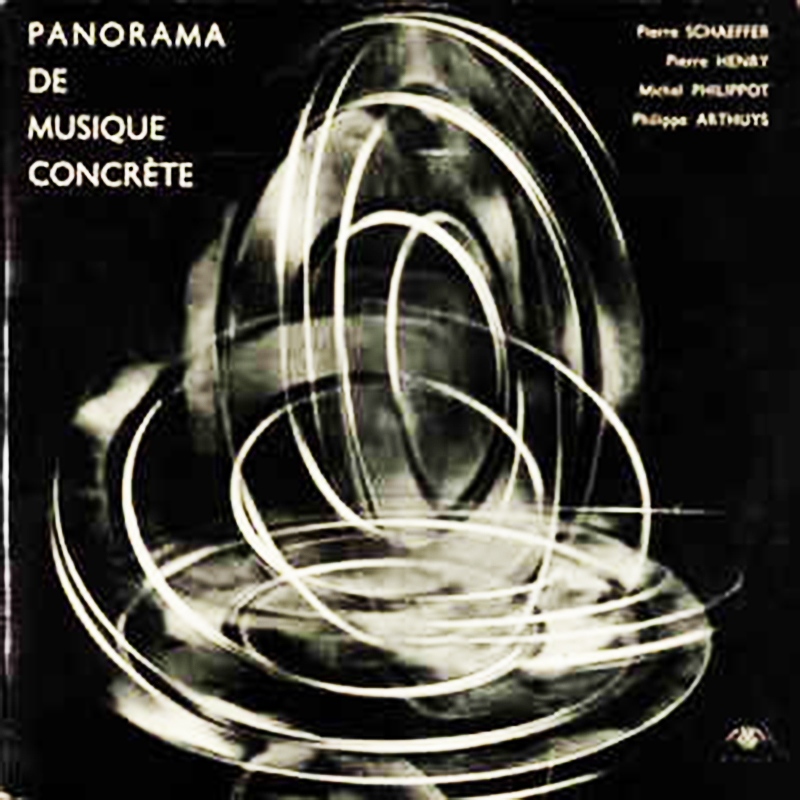
Michel Redolfi – Immersion Profonde (1980 / INA-GRM)
Michel Redolfi is a French electroacoustic composer and experimental musician from Marseille, best known for the ‘underwater music’ concept. In 1969, he co-founded GMEM (Groupe de musique expérimentale de Marseille) with Marcel Frémiot and Georges Boeuf. Redolfi moved to the USA in 1973, working as a guest resident at several major computer music research centers: Bregman Digital Music Studio at Dartmouth College (directed by Jon Appleton, one of the inventors of groundbreaking digital synthesizer Synclavier), University of Wisconsin-Madison studios, and California Institute Of The Arts. He collaborated with several prominent composers and musicians in the United States, such as Terry Riley, Jon Hassell, Daniel R. Harris, Steve Shehan, and John Cage. From 1977 to 1984, Michel Redolfi worked at the UC San Diego, where Center For Music Experiment had been funding his pioneering research in a liquid environment music broadcasting, Project WET – Water Electronically Tuned. Some of his albums were inspired by American natural landscapes.
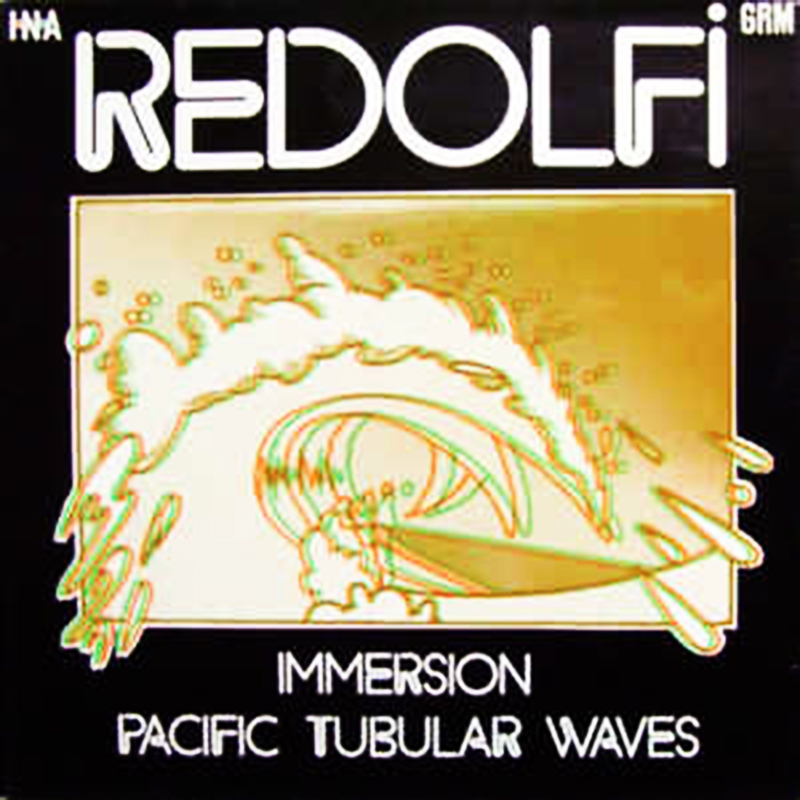
André Jaume – Opalescence (1980 / Côte D’Azur)
This song came from « Hardscore » a split album with Redolfi, as André Jaume is a saxophonist, clarinet player and flutist, born in Marseille.
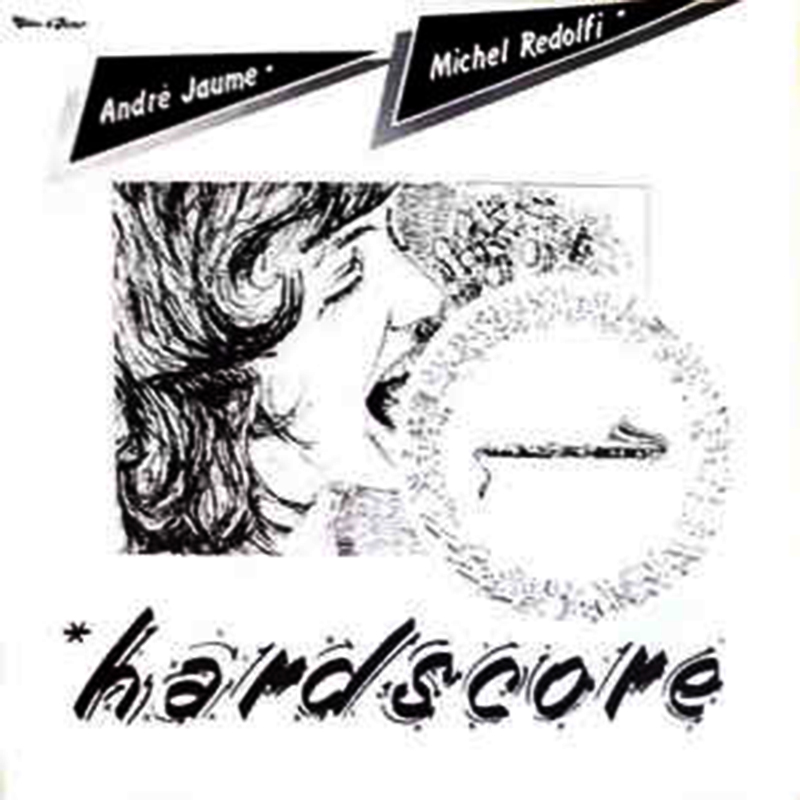
Vladimir Ussachevsky – Wireless Fantasy (1960 / Ellipsis Arts)
Even if he started composing Electronic music in 1951, together with Otto Luening, Ussachevsky founded, in 1959, the Columbia-Princeton Electronic Music Center in New York City. While acting as head of the Electronic Music Center Ussachevsky specified the ADSR envelope in 1965, a basic component of modern synthesizers, samplers and electronic instruments. He served as president of the American Composers Alliance from 1968 to 1970 and was an advisory member of the CRI record label, which released recordings of a number of major Electronic works.
